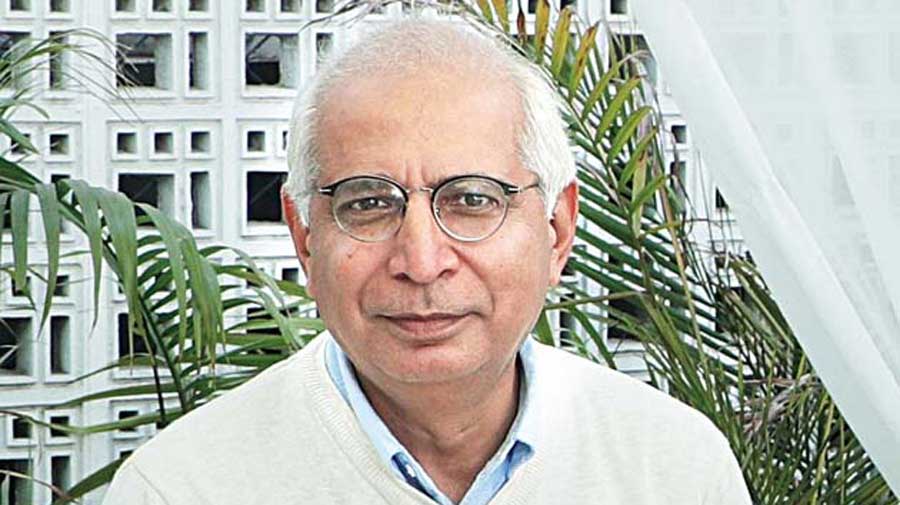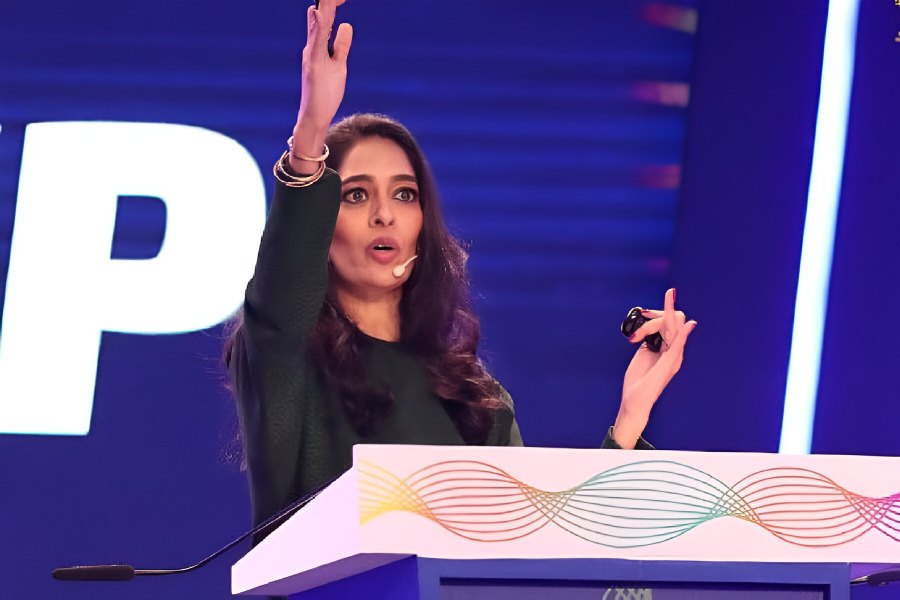In yet another interesting exhibition curated by DAG, we now get to witness the enormous width of Indian modernism with The Centum Series — Edition 2. The exhibition that started on June 11 features a mix of known and lesser-known names that have all contributed to the diversity of the period in Indian art such as M.F. Husain, Jamini Roy, Nandalal Bose, Gogi Saroj Pal, K Laxma Goud, Prokash Karmakar, Paritosh Sen, Prabhakar Barwe and Jyoti Bhatt. In a t2 chat, curatorial director Kishore Singh talks about curating this exhibit:
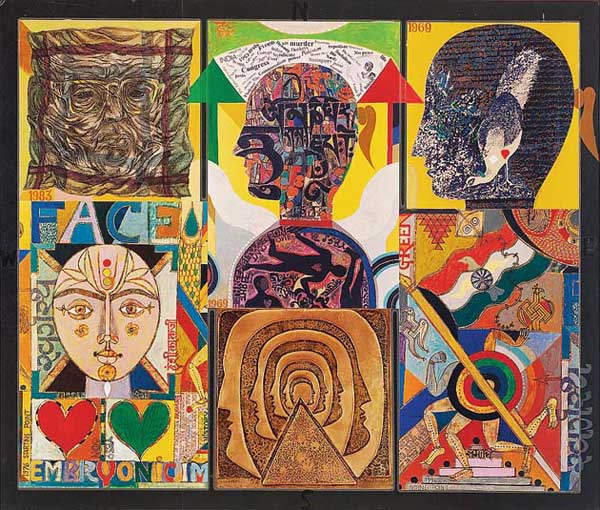
Persistent Images by Jyoti Bhatt Picture courtesy: DAG
The Centum Series — Edition 2 features a wide range of artists starting from greats to even lesser-known but fantastic artists. How did you go about curating this exhibition? What were some of its challenges?
There are several reasons why India’s art story remains untold. There are just a few names that remain in popular currency and feature in auction sales. But India has had an amazing range and number of acknowledged masters who have been neglected over the years. DAG’s greatest give-back to the art world has been this discovery of artists from every part of the country, and we are doing our bit to share their stories and work through retrospectives, theme-based exhibitions as well as group shows such as this one where they are placed beside their better-known peers for people to be able to analyse their work on this platform. That was both the exciting as well as challenging part about curating Centum 2.
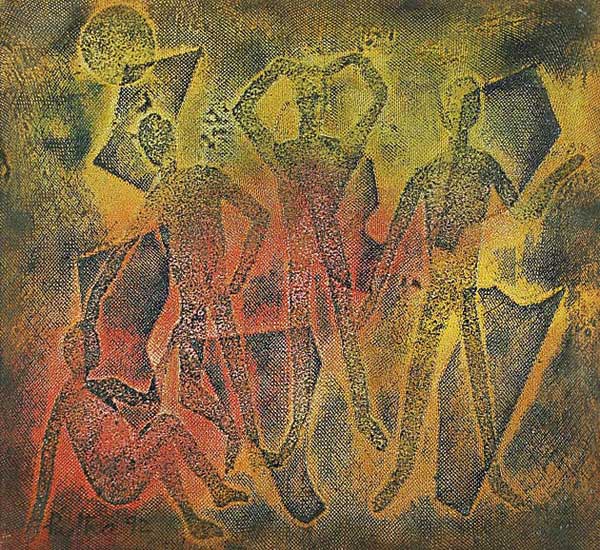
Figures by Partha Pratim Deb Picture courtesy: DAG
How would you define Indian modernism and how does this exhibition showcase that?
Modernism has a similar language around the world, which is why it has such a resonance, whether in the West or here in Asia. Some of our artists had what is defined as a global language while others tended to show their Indian roots. In either case, they were breaking from the past to create a vibrant vocabulary that has stood the test of time.

Flute Player by Amitava Picture courtesy: DAG
If you had to name the common thread that binds them all together in this showcase, what would that be?
To be honest, the idea behind Centum is to show the very rich diversity of art and artists in the country. So you see works in the Bengal School wash style, the Progressives, those aligned with art centres in Chennai or New Delhi, across a range of mediums and, of course, periods. Taken together, they tell the story of Indian art’s incredible vibrancy.
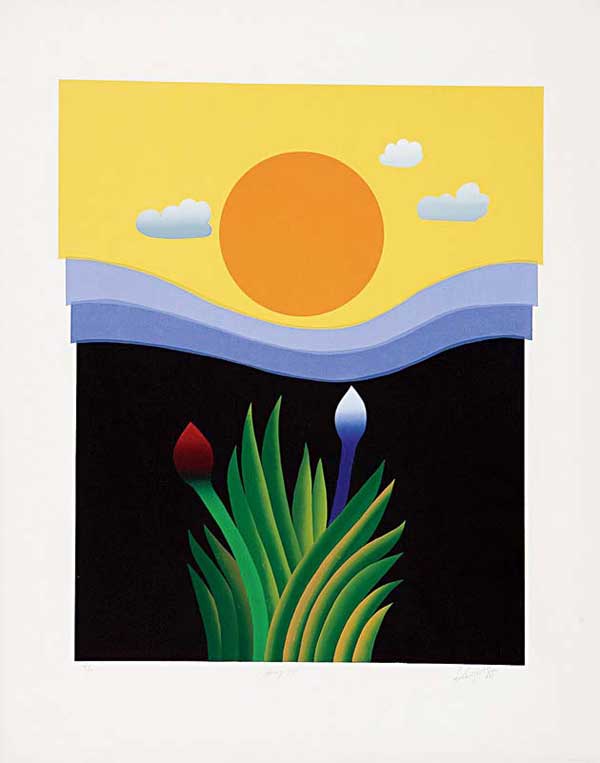
Going Up by Paramjeet Singh Picture courtesy: DAG
What is the aim of curating the Centum Series and what would you hope to evoke amongst the viewers of this exhibition?
Centum is part of our ongoing effort to evoke the depth and richness of Indian modern art. At a time when most galleries are showing only contemporary artists, works of Indian modernism appear only at auctions, so DAG’s efforts to re-introduce the moderns to art lovers remains a unique exercise.
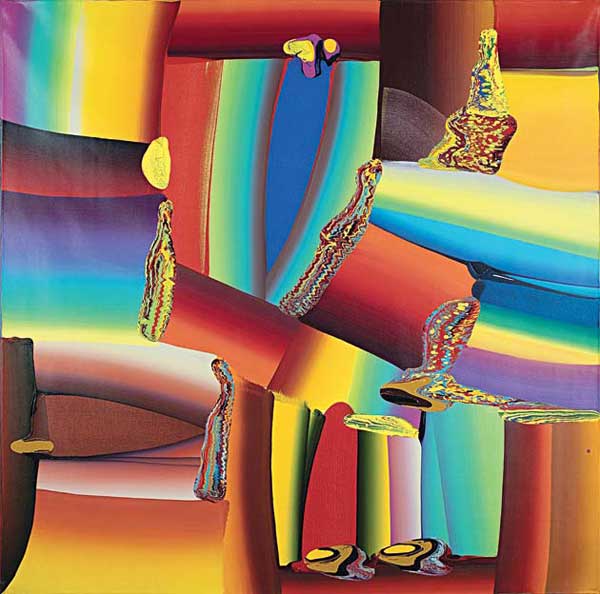
Stretched Bodies by Bose Krishnamachari Picture courtesy: DAG
With the pandemic, have you observed any significant changes in India’s appetite for art — whether it’s collection or just appreciation?
People may no longer be visiting galleries because of lockdown restrictions but they are spending a lot of time online, and we have been seeing a massive surge of interest in the appetite for information around Indian art. Significantly, sales have also gone up, indicating that people seem to have the additional time required to survey the art, or artists, they like, and to acquire works so they can surround themselves with something they have always admired but not found the time to explore in normal times.

Untitled by M.F. Husain Picture courtesy: DAG

